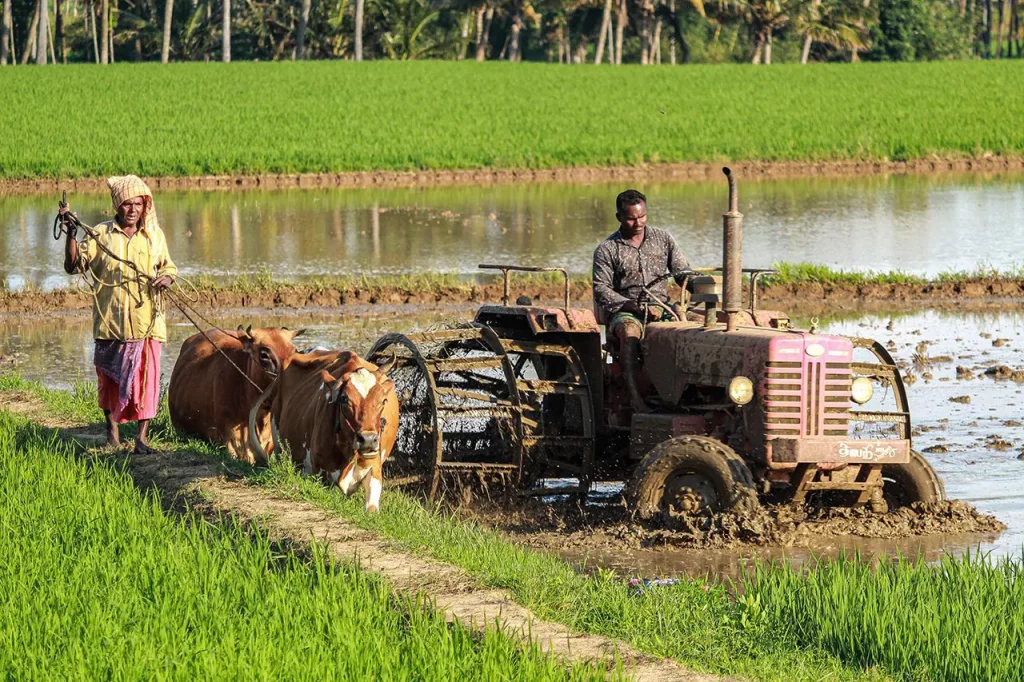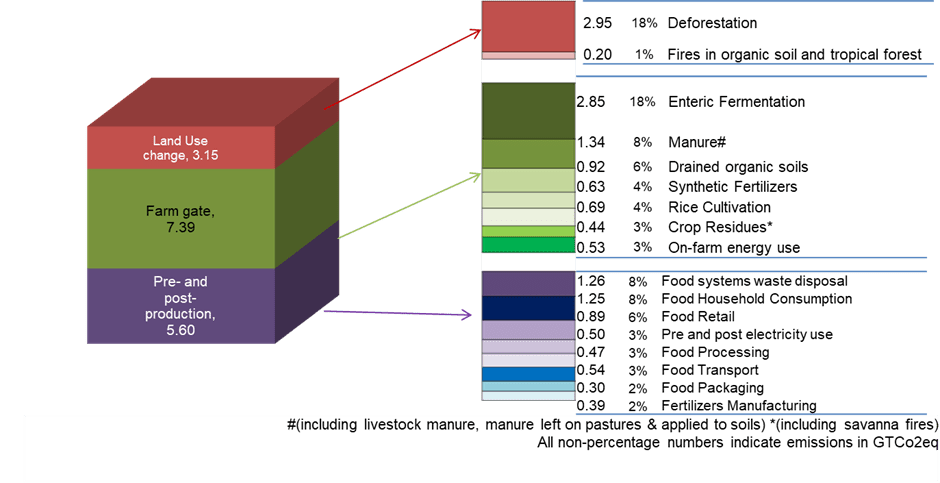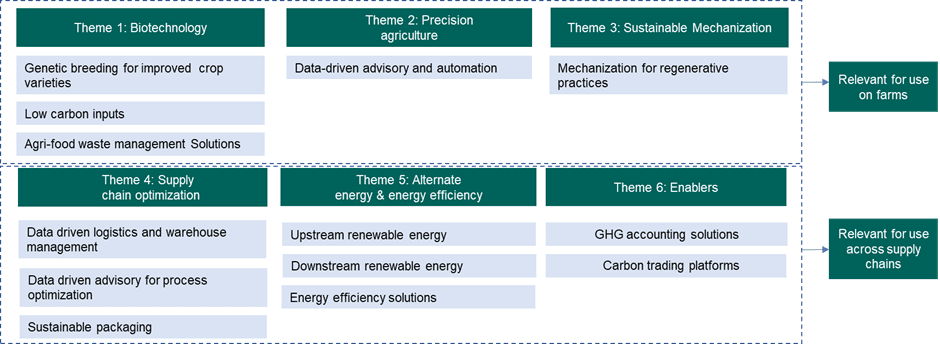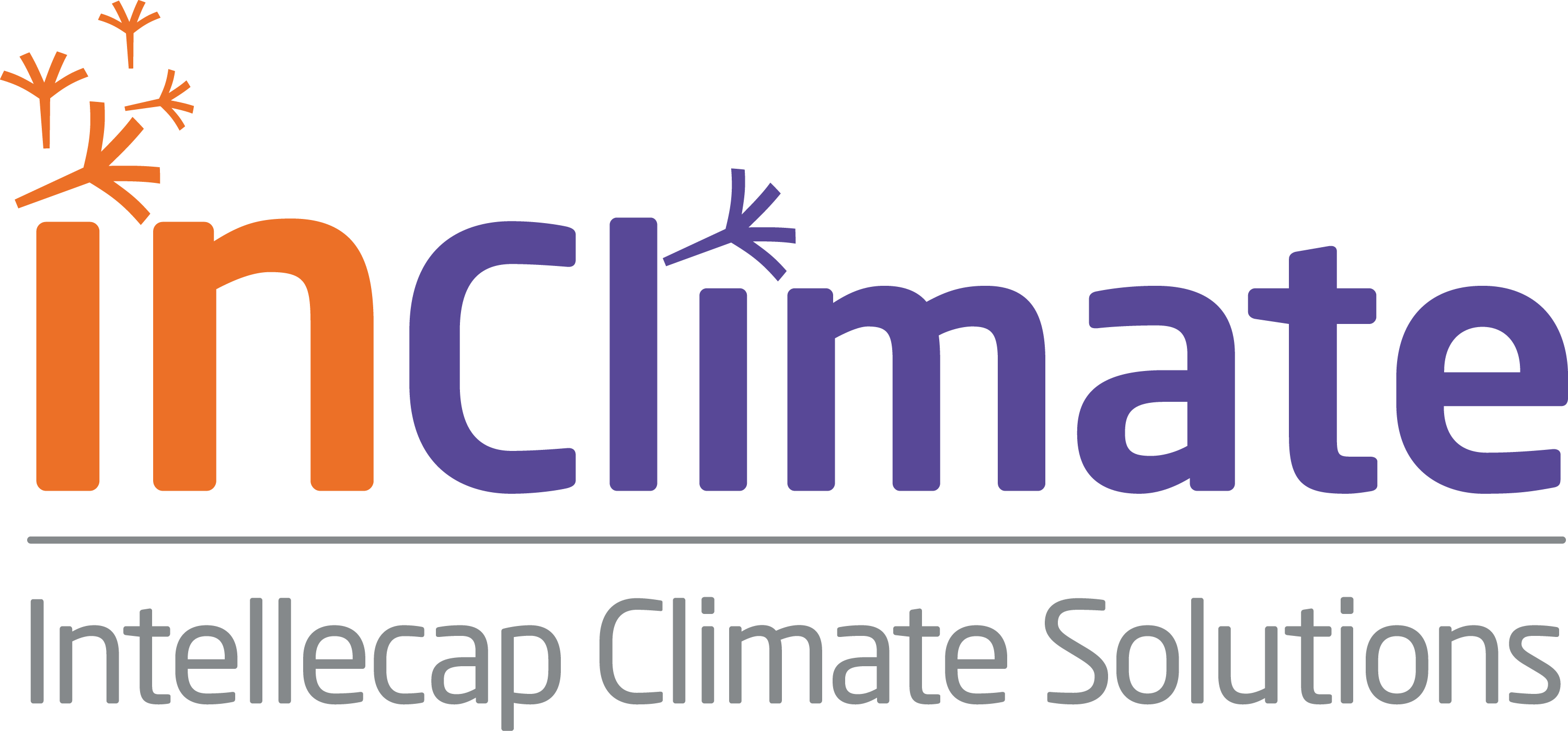As climate change accelerates, transforming agriculture and food systems to reduce emissions has become a global imperative. Technologies for a net-zero transition in agriculture and food systems are playing a critical role in complementing existing climate action initiatives. IDH and Intellecap Advisory Services are jointly studying these technologies to better understand their potential use-cases in mitigating emissions and how they can be integrated into businesses, governments, and developmental agencies’ strategies. This article provides an overview of the ongoing study and highlights some early findings related to emission hotspots, technology use-cases, benefits, and principles related to adoption in the smallholder context.
A Farmer’s Struggle: The Impact of Climate Change on Smallholder Agriculture
Imagine a smallholder farmer in a low-income country, let’s call him Rajiv, who has been cultivating maize for generations on his family’s land. Over the years, he has witnessed the effects of climate change firsthand. Erratic rainfall patterns, prolonged droughts, and the increasing prevalence of pests and diseases have made it more challenging for him to maintain a stable crop yield. The rising cost of fertilizers and other farm inputs has only added to his financial burden. Rajiv is aware that his agricultural practices contribute to greenhouse gas emissions, but he feels powerless to change the situation.
Rajiv’s story illustrates the challenges faced by smallholder farmers worldwide, particularly in low- and middle-income countries (LMICs). These farmers are not only struggling to adapt to the changing climate but also grappling with their role in the global emissions problem. The urgent need for net-zero transitions in agriculture and food systems calls for innovative solutions that address the unique challenges faced by farmers like Rajiv.

The Urgency of Net-Zero Transitions in Agriculture and Food Systems
Current scientific projections indicate that the global temperature is likely to increase by a devastating 2.8°C by the end of the century if urgent action is not taken. The consequences of this increase are expected to be disastrous, with millions of people exposed to extreme heatwaves, severe droughts, and potential food insecurity.
Agriculture and food systems contribute to nearly one-third of all global emissions, or approximately 18 GtCO2e annually. These emissions are projected to increase to 30 GtCO2e by 2050. On a positive note, more than 70 countries, representing 76% of global emissions, have committed to net-zero targets. Many private sector stakeholders, including Nestle, Mondelez, Costa Coffee, and Inditex, have also announced net-zero commitments. However, there is still a need for more company commitments and action to accelerate net-zero transitions in agriculture and food systems.
The Role of Technology in Achieving Net-Zero Transitions
Agricultural technologies have the potential to support net-zero transitions, but their systematic review has not yet been conducted. As a result, stakeholders lack sufficient insights on which technologies work well and under what circumstances. IDH and Intellecap Advisory Services are undertaking a study to identify how technologies can enable or even accelerate net-zero transitions. The study will review emission hotspots across different value chains, evaluate relevant technologies, and provide recommendations to scale high-priority technology use-cases, particularly for smallholder farmers in low- and middle-income countries (LMICs).
Early Findings: Emission Hotspots, Technology Use-Cases, Benefits, and Principles
1. Emission hotspots are diverse and depend on value chains, geography, and position within a value chain; they should not be generalized.
Emission hotspots vary significantly depending on value chains and geographical contexts, making them difficult to generalize. For example, enteric fermentation contributes to more than 40% of all emissions in livestock, while inefficient use of fertilizers is a key contributor in horticulture and spices. For plantation crops, land use change, specifically deforestation, is a significant source of emissions. Identifying and understanding these emission hotspots is the first step for businesses to subsequently reduce emissions.

2. Technologies are available for almost all emission hotspots, and they impact emissions through several pathways.
The study analyzed over 110 technology service providers and grouped them into six themes, containing 11 clusters of technologies that can directly contribute to decarbonization and two support clusters that indirectly enable decarbonization. These technology clusters impact emissions through various pathways, such as reducing fossil fuel use, improving farm-level circularity and waste management, and enabling easier monitoring of land use and land cover change. Understanding these pathways can help businesses make informed decisions on adopting technologies, as the pathways often impact long-run emission reduction potential.

3. In addition to mitigation, some technologies have the potential to drive climate resilience.
Beyond climate mitigation, some technologies can also help farming systems become more resilient to climate change. Adaptive capacity, or changes in practices and farm systems, and absorptive capacity, or the ability of smallholder farming systems to withstand climate shocks, can be improved by adopting certain technologies. For instance, low-carbon inputs that can be synthesized on the farm using bio-waste boost resilience against global supply shocks. Precision agriculture can limit the overuse of farm inputs by improving resource use efficiency.
Furthermore, data collected via digital technology solutions can be used to provide crop insurance to farmers, boosting their absorptive capacity. With rapidly changing climate patterns, businesses should consider the indirect benefits related to adaptation to encourage adoption at the last mile.
4. Adoption of technologies in low-and-middle-income countries is driven by both the potential to impact emissions and the feasibility of adoption, given the constraints of smallholder agriculture.
In LMICs, businesses should consider the feasibility of adoption alongside the efficiency of the technology. Factors such as the potential to reduce emissions, cost-reasonability, and the indirect and direct benefits of adoption should be assessed for efficiency. Meanwhile, the availability of the minimum digital and physical infrastructure, skills and capabilities, and enabling environment should be considered for feasibility. For example, precision agriculture may be highly effective in mitigating emissions but would not be useful in areas with poor internet connectivity.

5. Adoption needs to be facilitated through a robust enabling environment.
Technology providers have highlighted that scaling net-zero technologies requires support from the ecosystem, especially in the smallholder context. Areas of support consistently highlighted include research support for impact assessments, access to innovative financing instruments such as long-term debt and concessional debt, last-mile awareness and capacity-building support, and robust digital infrastructure and connectivity.
Challenges and Future Directions
The research has established significant private sector interest in leveraging technologies for decarbonizing supply chains. However, plans to test and scale such technologies need to be in place today if they are expected to be an integral part of net-zero strategies. At the same time, the research is constrained by limited data availability. Sparse data and research on cost estimates of technologies due to variations in service providers, geography, and technology complexity make decision-making difficult for companies and farmers.
IDH will explore partnerships with key players to create insights that can help stakeholders make better-informed decisions on where to invest. By embracing technology and overcoming challenges, the agriculture and food systems can be transformed to achieve net-zero emissions, ensuring a sustainable and secure future for generations to come.
Conclusion
The urgency of the net-zero transition in agriculture and food systems calls for a comprehensive understanding of the role of technology in achieving this goal. The ongoing study by IDH and Intellecap Advisory Services aims to provide insights and recommendations for businesses, governments, and development agencies to accelerate the adoption of technologies that contribute to decarbonization. With a focus on smallholder farmers in low- and middle-income countries, the study seeks to identify the most effective and feasible technologies to reduce emissions and enhance climate resilience.
By understanding emission hotspots, technology use-cases, benefits, and principles related to adoption, stakeholders can create tailored strategies that address the unique challenges faced by farmers like Rajiv. The early findings of the study emphasize the importance of considering both the potential impact on emissions and the feasibility of adoption when selecting technologies for smallholder contexts.

The road to net-zero transitions in agriculture and food systems is riddled with challenges, such as limited data availability, lack of access to finance, and inadequate infrastructure. However, through partnerships, research support, innovative financing instruments, and capacity-building, these challenges can be addressed. The agriculture and food systems sector has a pivotal role to play in mitigating climate change, and embracing technology is key to ensuring a sustainable and secure future for all.
The research conducted by IDH and Intellecap Advisory Services will continue to delve deeper into the possibilities of technology-driven net-zero transitions in agriculture and food systems. With the findings and recommendations from this research, businesses, governments, and development agencies will be better equipped to make informed decisions and investments in technologies that enable a greener, more resilient future for the planet and its inhabitants. By working together and embracing innovation, we can achieve the net-zero future that is so critical for the survival and prosperity of the global community.
—
The authors are grateful for the inputs received from Joost Hoedjes, Senior Innovation Manager, Better Environment, IDH and Victor Dagnelie, Innovation Manager, Better Environment, IDH.
